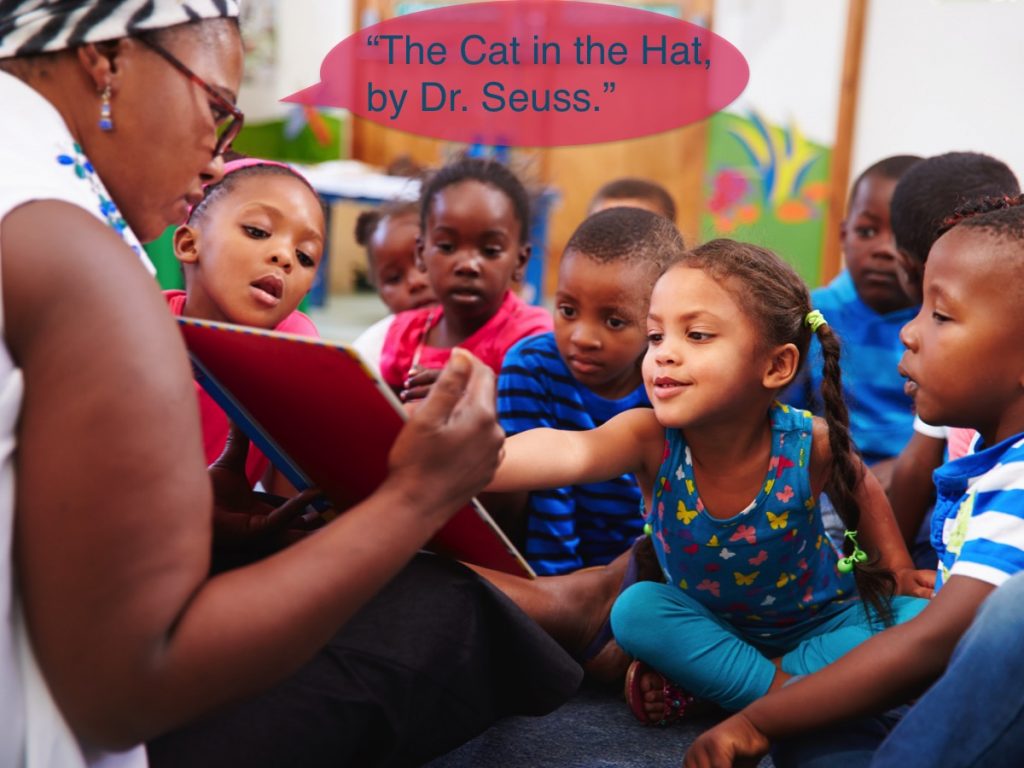
Research is clear. Phonological awareness is critical for learning to read. Students with a weaker foundation in pre-literacy skills are more likely to struggle as they learn to read. These skills include oral language, knowledge of letters, and an awareness of the sound structure of words. They also include a basis in the mechanics of reading, and even the overall motivation to read. But can phonological awareness be taught?
Research indicates that formal reading instruction should begin with specific and targeted training of Phonological Awareness. Curriculums that combine oral language, sound-letter relationships, and phoneme “play” benefit all children, even children at risk for reading disabilities. Phoneme “play” involves breaking apart the sounds that make up words and then blending those sounds together to make new words. Playing games that emphasize how lip movements make different sounds and how sounds combine together to make different words can help children learn this skill. Reading rhyming books can also help children develop phonological awareness by playing with the sounds of words in rhymes. This type of experience strengthens skills that children will rely on as they learn to sound out printed text.
Reading to and with children is one of the best tools parents and teachers have. Not only do books with rhymes help practice the sounds of words and letters. Books also expand vocabulary. They often include words that a child doesn’t hear in conversation. Talking about the stories you read in books can strengthen a child’s narrative skills. Reading together and practicing these skills will strengthen a child’s pre-literacy toolkit, giving them a strong foundation even before they set foot in their kindergarten classroom.
-
- Auditory
- related to hearing
- Genes
- the inherited biological ‘recipe’ for appearance and other individual characteristics
- Literacy
- the ability to read and write
- Neurons
- cells located in the brain and throughout the body that are specialized to communicate messages
- Phoneme
- the smallest unit of speech (a sound)
- Phoneme “play”
- manipulating sounds that make up words
- Phonological awareness
- the ability to identify and manipulate individual sounds in spoken language
- Primary visual cortex
- an area in the brain responsible for interpreting visual information
- Retina
- neural cells at the back of the eye that are sensitive to light
- Skilled reader
- a reader who is able to focus on comprehension, rather than on sounding out words
- Visual word form area
- the area of the brain responsible for recognizing words during reading